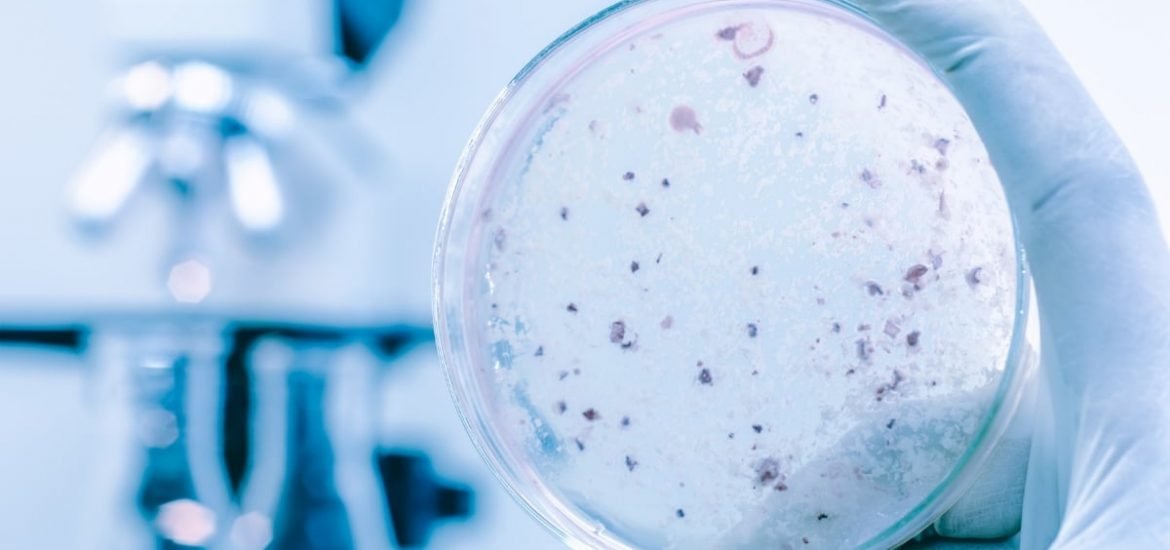
In the search for effective antibiotic alternatives that do not trigger antibiotic resistance, Nicolas and colleagues report two novel molecules that effective against Gram-positive and negative multi-resistant bacteria. And importantly, the novel antibiotics don’t seem to cause toxicity or trigger resistance when used to treat infection in mice, according to a new paper published on 9 July in PLOS Biology (1).
Antibiotics can be life-saving, however, overuse has led to dangerous antibiotic resistance and the emergence of superbugs. Antibiotic resistance is one of the biggest threats to global health, according to the World Health Organization (WHO), and although it can occur naturally, is being accelerated by the misuse of antibiotics in both humans and animals.
The number of deaths from methicillin-resistant S. aureus (MRSA) is increasing each year and by the year 2050, it is estimated that at least 10 million people will die annually as a result of antimicrobial resistance. Unfortunately, there is little incentive for pharmaceutical companies to invest the huge sums of money required to develop new antibiotics against these strains. Therefore, the current clinical pipeline is currently dominated by derivatives of established classes of “me too” compounds.
Now, the team of researchers from the French National Institute of Health and Medical Research (Inserm) and Université de Rennes have developed a new class of molecules that could potentially change all that. The new molecules are, in fact, bacterial toxins themselves that have been transformed into potent antibiotics against various Gram-positive or negative bacteria responsible for human infections. The discovery was made in 2011 when the scientists first identified a molecule with dual toxic and antibiotic properties.
“We realized that a toxin produced by Staphylococcus aureus whose role is to facilitate infection is also capable of killing other bacteria present in our body”, explains Prof Brice Felden, Director of the Bacterial Regulatory RNAs and Medicine laboratory in Rennes. “What we had identified was a molecule with dual toxic and antibiotic properties. We thought that if we could separate these activities, we would be able to create a new antibiotic non-toxic to the body. A challenge that we accepted!”
The so-called peptidomimetics are inspired by existing natural bacterial peptides but have been shortened and modified to be effective against two resistant bacteria Staphylococcus aureus and Pseudomonas aeruginosa in mouse models of severe sepsis or skin infection. Moreover, the molecules did cause any harm to the mice, even at higher doses — similar drugs can cause kidney damage. Importantly, bacteria showed no signs of resistance after several days in contact with the antibiotics. But the results should be approached with caution due to the short study period of just 15 days.
The new discovery presents the possibility of fighting antibiotic resistance worldwide. “We have identified potential therapeutic agents that can provide alternative treatments against antimicrobial resistance”, the authors write. “Because the compounds are potential leads for therapeutic development, the next step is to start phase I clinical trials.”
(1) Nicolas, I. et al. Novel antibiotics effective against gram-positive and -negative multi-resistant bacteria with limited resistance. PLOS Biology (2019). DOI: 10.1371/journal.pbio.3000337